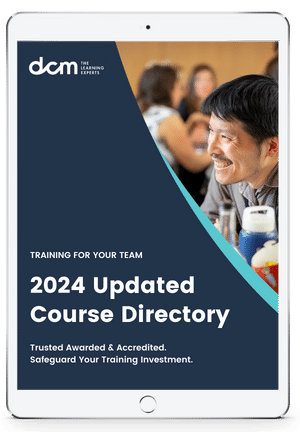Video 1 of 6: Introduction to Scrum
A quick overview of Scrum. This e-learning module covers the rationale for Agile/Scrum, along with an overview of roles, meetings, and artifacts. The module ends with a challenging quiz which has been shown to increase scores on Scrum certification tests (such as Certified Scrum Master). If you're new to this, we suggest completing Modules 2-6 before attempting the Module 1 quiz.
2. Backlog Refinement Meeting
This module covers the hidden fifth meeting (aka Backlog Grooming) that's essential to success at Scrum and other Agile approaches. Subtopics include how to recognize well-formed Product Backlog Items, user story examples, a team effort estimation game (story point estimation), decomposition of large PBIs (e.g. "epics") into smaller ones (e.g. "user stories"), acceptance criteria, definition of done, Product Backlog prioritization, the Scrum Product Owner role, and team self organization. This is an interactive, scenario based module. The learner observes a simulated team and is prompted to help them as they face various challenges.
3. Sprint Planning Meeting
This module covers the first official meeting in the Scrum cycle. Subtopics include the difference between the Product Backlog vs. the Sprint Backlog, how to break PBIs into Sprint Tasks, timeboxing, what is a "potentially shippable product increment", definition of done, planning for testing within a Sprint, limiting Work In Progress (WIP), team volunteerism, and commitment-based planning. This interactive module continues the scenario introduced by the previous module, placing the learner in the action.
4. Daily Scrum Meeting
This module covers the second and most frequent meeting in the Scrum cycle. Subtopics include effective use of the taskboard, team self organization, how to incorporate varying skills on one team, the Scrum Master role during Sprint Execution, pros and cons of involving the Product Owner each day, the three questions, and keeping the meeting short. The module briefly touches on the Agile engineering practices of Test Driven Development (TDD), pair programming, refactoring, and continuous integration.
5. Sprint Review Meeting
This module covers the meeting held after the execution of each Sprint in which the team conducts a live demonstration of the working product increment for the Product Owner. For those outside the team, this is the most visible part of Scrum. Subtopics include: Acceptance criteria and definition of done, velocity, transparency, how to involve external stakeholders, and emergent requirements in the Product Backlog. This is an interactive, scenario based module. The learner observes a team and is prompted to make decisions as they progress through the Sprint Review Meeting.
6. Sprint Retrospective Meeting
This module covers the final meeting associated with each Sprint. In this meeting, the team reflects on the Sprint to raise its own awareness of what transpired. It ends with agreements about specific adaptations for future Sprints. Subtopics include: checking for safety, "classic" retrospectives, focused conversation principles, timeline retrospectives, reaching agreements that stick, and how to learn more about facilitation.


_165x115_fc3.jpg)





